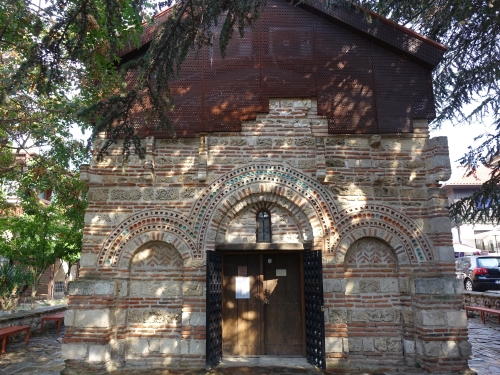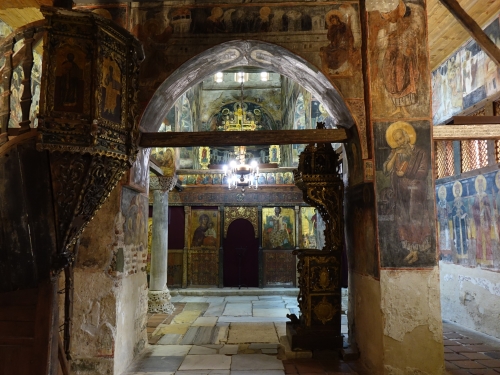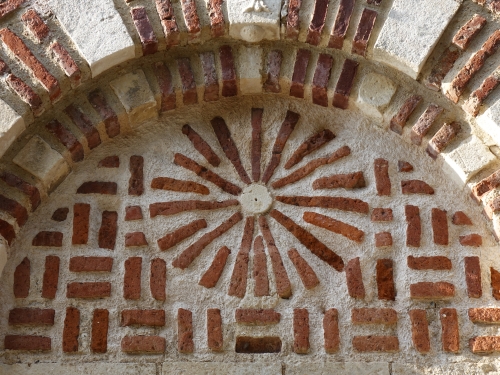Blog WHS Visits
WHS #678: Nessebar
In the Ancient City of Nessebar, several successive civilizations have left their mark over a period of 3000 years. It started with the local Thracians, followed by the Greeks, the Romans and their eastern successors the Byzantines who made it into a Christian spiritual center in the Middle Ages. Not much of substance has been written in reviews so far about this little Bulgarian town, which is threatened by its proximity to the resort of Sunny Beach (the name says it all…) and overrun by day trippers of the worst kind especially in summer.

Nessebar’s attraction nowadays lies mostly with its Byzantine churches - there is virtually nothing left of the other periods of his existence. It reminded me a bit of Ohrid in Macedonia, a small town with Byzantine churches dotted here and there amidst souvenir shops and restaurants. None of the old churches in Nessebar are in religious use anymore however (they are either ‘museums’ or ruins), while there is still some (albeit limited) religious feel to Ohrid. You can buy different combination tickets to visit the various museums and churches in the town. I took one of 18 Lev (9 EUR), with which you can enter the archaeological museum, the St. Stephen Church and 3 other churches of your own choice.
I started my tour at the archaeological museum, which lies right after the city wall when you enter the peninsula. There was hardly anyone there. They display here mainly relics from the Greek and Roman periods of the city - Nessebar was a colony of both. It’s an interesting enough start, but I found no memorable objects amidst the collection.
Walking further onto the peninsula, the first large church that you encounter is that of St. Stephen. This is the absolute highlight in terms of murals in Nessebar; the walls are completely covered with 258 different representations. There is almost no empty space left. After a French group with their guide left the church (it took some waiting before they finished occupying the space), I was also the only visitor here for a while and could admire the paintings one by one.

Most churches in Nessebar are not known for their interior wall paintings but for creative wall decorations on their exteriors: bricks have been arranged in patterns between the gray stone. Colourful pieces of ceramics are also added for additional decoration. The Church of Saint Paraskevi is the best example of this. On my last morning I walked a full lap of the peninsula along the waterfront. Even if you walk slowly, this takes less than an hour. On the south side lies another of the most beautiful churches - the Church of Saint John Aliturgetos. This was heavily damaged by an earthquake, but is now being restored with money from the US Ambassadors Fund. The brick patterns are especially beautiful here.

I stayed in Nessebar for one night, which was just enough for me. Early in the morning is actually the only time of day that Nessebar is not flooded with tourists. I had a pleasant evening as well, sitting on my balcony at the Nessebar Royal Palace hotel with a view of the beautifully lit Church of Saint John the Baptist next door.
Els - 22 September 2018